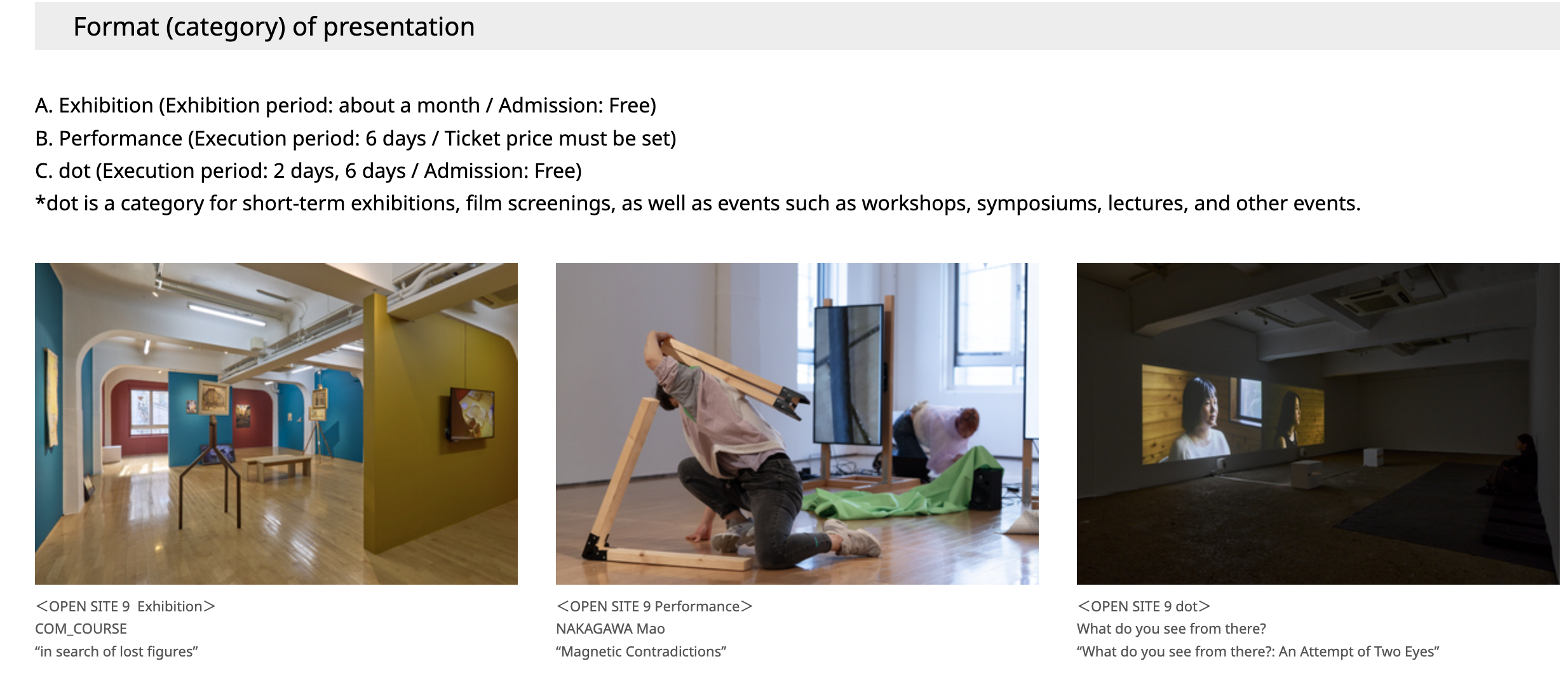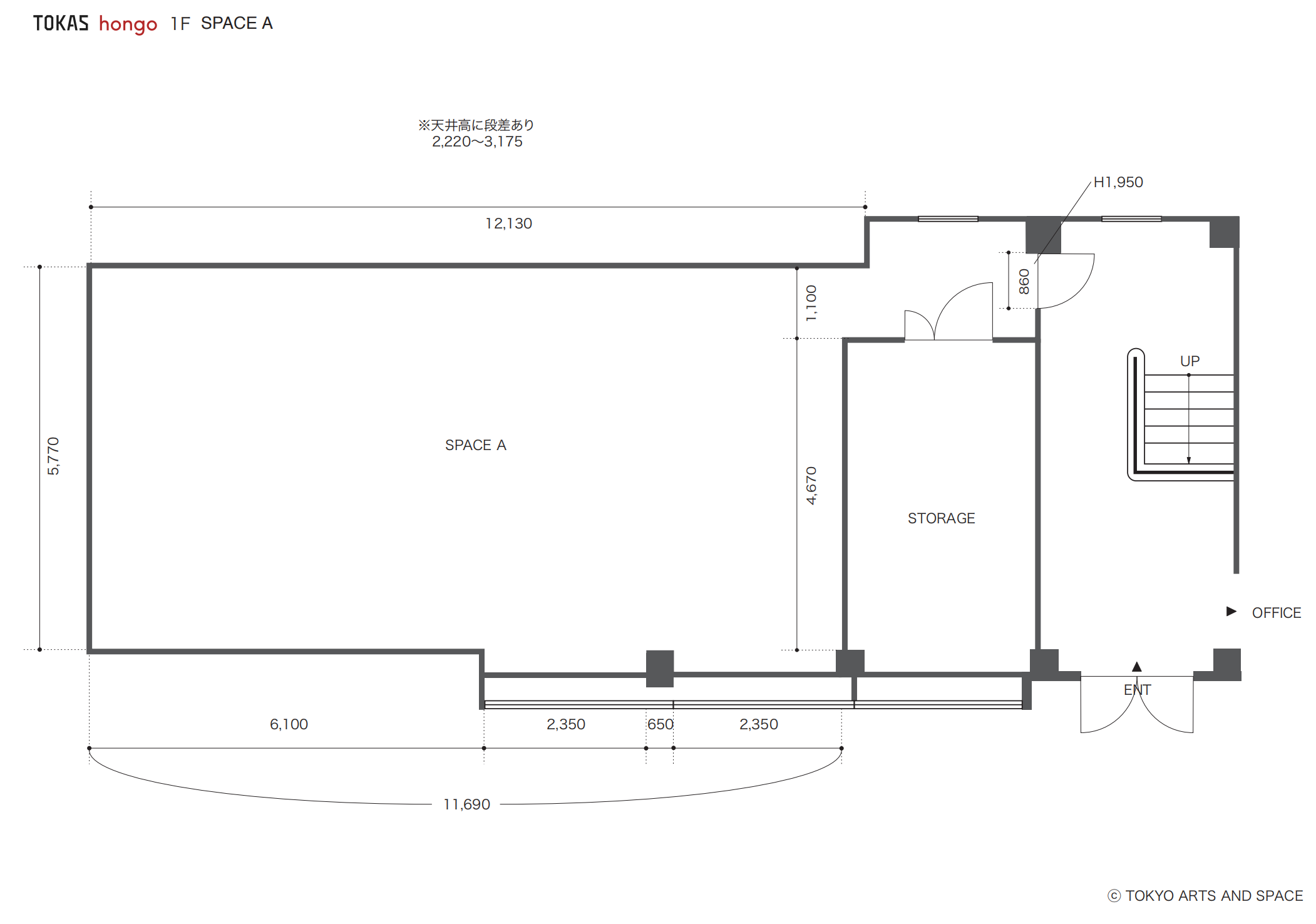Why did I choose Tokyo Arts and Space?
This week, I compared the exhibition structures, sociopolitical contexts, and curatorial resource distribution across China, South Korea, and Japan.
🇨🇳 China: High Structural Restrictions 🔗 https://www.instagram.com/mingcontemporaryartmuseum?igsh=cGh4N2djNmU0OGNx
I visited the Ming Contemporary Art Museum (McaM) in Shanghai, which features a black box theater, interactive zones, and public discussion spaces—all well-suited to the project’s needs. However, systemic restrictions on curatorial freedom in China remain, making it highly likely that the project could face issues such as content censorship, limited publicity, or reduced mobility.
🇰🇷 Ilmin Museum of Art (Seoul) 🔗 https://ilmin.org/exhibitions/current/
Feminist issues have gained more public attention in recent years, but the current lack of a clear collaborative network in this space limits my communication and practical engagement.
🇯🇵 Tokyo Arts and Space (TOKAS) 🔗 https://www.tokyoartsandspace.jp/en/
TOKAS offers a clear open-call system through its Open Site program, referencing past recruitment details. It supports emerging curators by providing exhibition space, funding, and promotional resources.

Information about TOKAS’s Open Site

Information about TOKAS’s Open Site
Based on these advantages, I chose to realise the project at TOKAS and assumed a successful application for a joint exhibition. This addressed venue and partial funding issues while enabling collaboration with women’s organizations in East Asian contexts within a relatively free environment.
Spatial arrangement of project sub-topics
Its three-story exhibition space is also very suitable for the three major themes of my project:

TOKYO ARTS AND SPACE three-story space layout
| Floor | Sub-theme | Space Function Concept |
|---|---|---|
| 1F | Invisible Time Exploitation | Ground projection River of Time, sound diary, interactive message board |
| 2F | Anxiety from Technology and Beauty Discipline on Women | Art installations, live performances |
| 3F | Future Imagination and Reconstruction of Women’s Time (women only) | Immersive light and shadow space, workshops, Kruger-style text art interactive zone |
Conclusion: Space as a Reflection of “Time Politics”
Choosing Tokyo Arts and Space is a strategic spatial entry—it offers me a cultural, institutional, and geographical intermediary point: a “non-Western, non-local” intersection within East Asia. This site is not only the physical venue I selected, but also a response to the questions of who can speak, who can negotiate, and who can co-write the future.
With the structural support of TOKAS, I hope the project can expand from this starting point into the wider region—ultimately forming a synchronic narrative space shaped by the rhythms of East Asian women themselves.
Reference information for previous open site project open recruitment:
https://www.tokyoartsandspace.jp/en/archive/application/2025/20250130-294.html


Leave a Reply